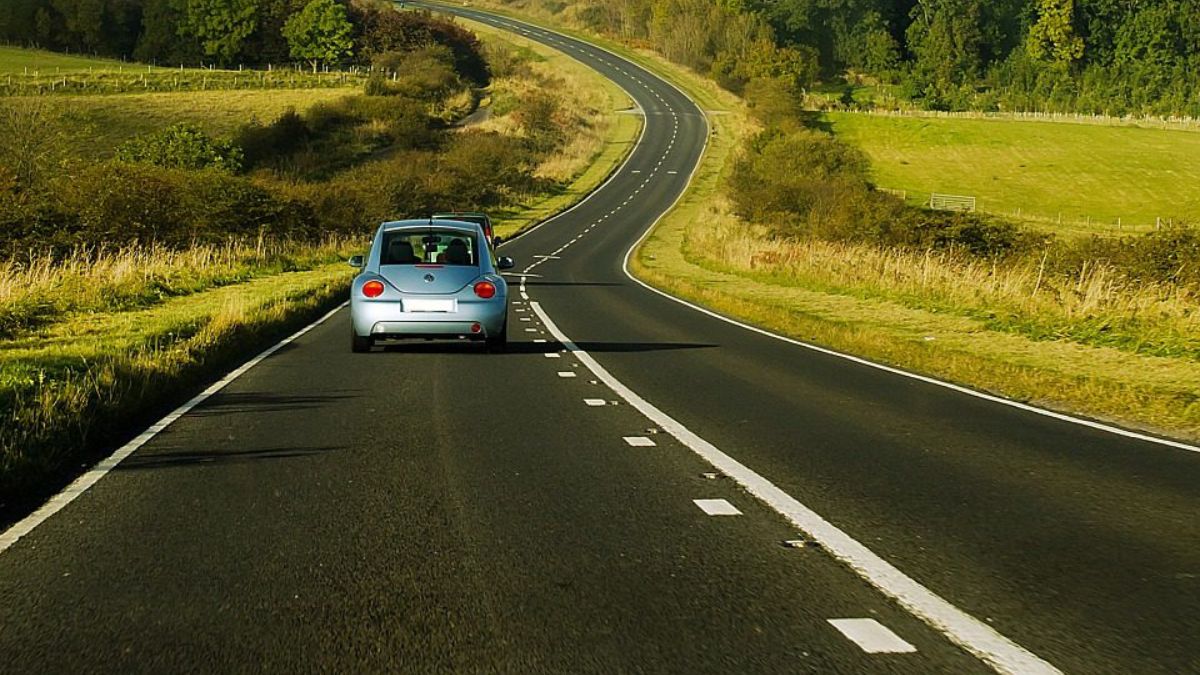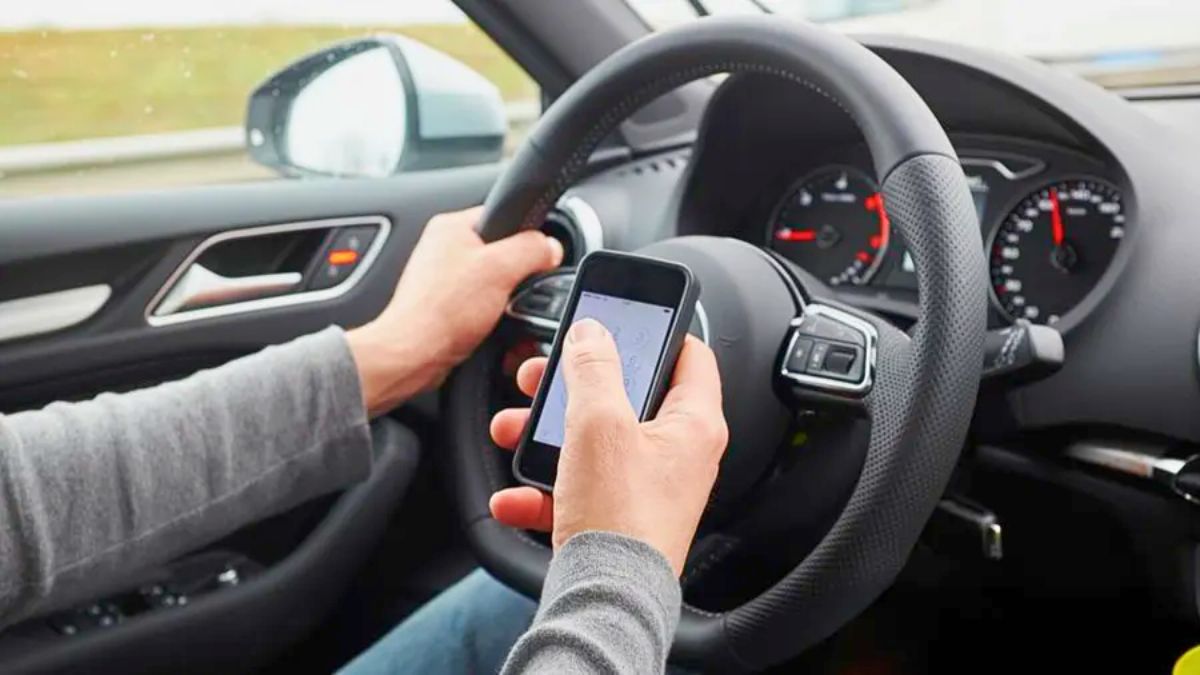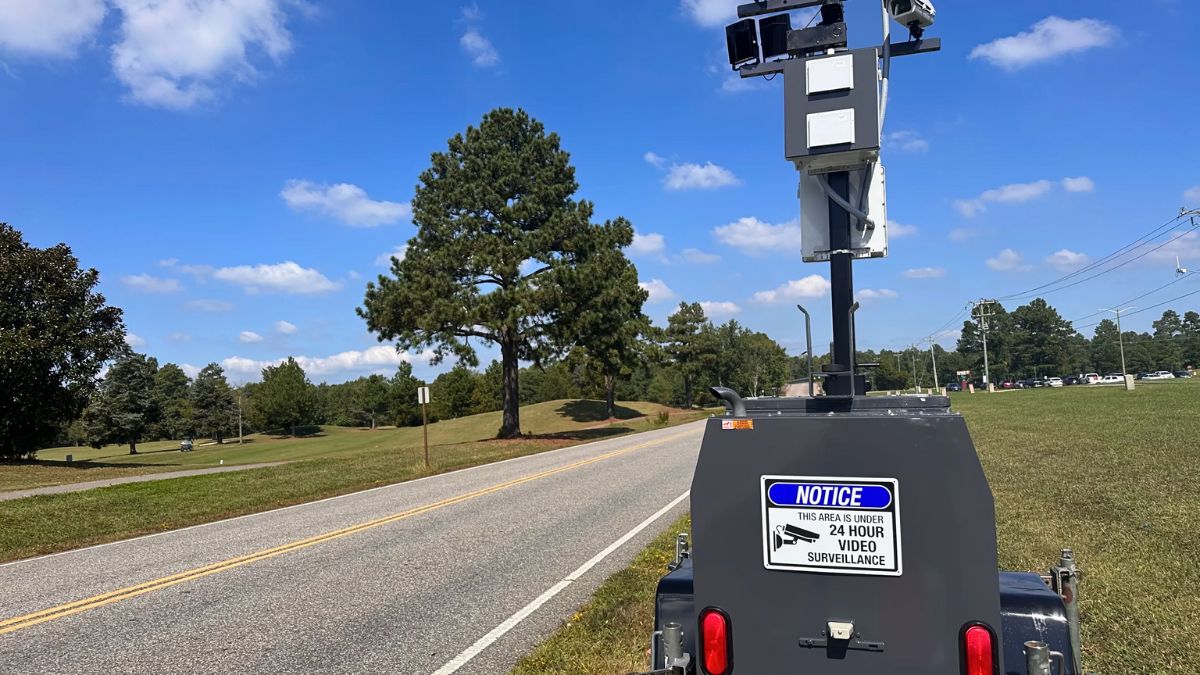It’s cold outside, you start your car, and let it run while you sip coffee inside. Sound familiar? For years, people have believed that “warming up” your engine in winter is essential. But here’s the surprising truth: science says it’s actually bad for your car.
So, should you really warm up your car when it’s cold out? Let’s cut into the facts, bust the myths, and talk about what you should do instead.
Myth
The idea behind warming up your car goes way back—older engines, especially those with carburetors, did need a few minutes to get going properly. Letting the car idle allowed oil to circulate and fuel to vaporize correctly.
But modern cars? They’re a whole different machine. Unless you’re driving a 1980s clunker, your fuel-injected engine doesn’t need that idle time.
Engine
Today’s engines are smarter and more efficient. They’re designed to adjust automatically to colder temperatures. In fact, your engine warms up faster when you’re driving—not idling.
When you let the car idle, the engine warms slowly, burning more fuel and releasing more emissions. Meanwhile, your car just sits there wasting gas and doing nothing useful.
According to engineers, the best way to warm up your car is to start driving gently. After 30 seconds of idling, your engine has enough oil circulation to get moving. Driving (not racing) helps everything reach ideal operating temperatures faster.
Damage
Idling your car in winter isn’t just unnecessary—it can actually harm your engine.
Here’s why: When it’s cold, fuel doesn’t evaporate as easily. So your engine uses a richer mix of fuel to start. While this is normal, excess idling leads to extra unburned fuel sticking to your cylinder walls. Over time, that can:
- Dilute engine oil
- Cause more wear on internal parts
- Increase carbon buildup
Basically, too much idling can slowly kill your engine’s lifespan—and your wallet.
Environment
Idling also hurts the environment. You’re burning fuel, releasing carbon monoxide, and contributing to air pollution—all while going nowhere. In fact, many cities have passed anti-idling laws to fight unnecessary emissions.
And don’t forget about fuel economy. Five minutes of idling every day can add up to gallons of wasted gas over a month—especially when prices are high.
Interior
Still freezing in your seat? A lot of people warm up their cars just to get the heater going. Fair enough. But here’s a pro tip: the heater doesn’t blow warm air until the engine warms up anyway.
So, sitting in a running car won’t speed things up. Driving gently is actually the quickest way to get warm air flowing through your vents.
So, should you warm up your car in winter? Not really. Just give it 30 seconds, then hit the road—gently. Your engine, your wallet, and the planet will all thank you. Modern engines are built to handle cold starts without babying them. That old myth? It’s time to let it idle away for good.
FAQs
Is warming up my car necessary in winter?
No, 30 seconds is enough for modern engines.
Does idling damage the engine?
Yes, excess idling can cause long-term engine wear.
Does driving warm the car faster?
Yes, gentle driving warms the engine more quickly.
What happens if I idle too long?
It can waste fuel and dilute engine oil.
Will my heater work if I don’t idle?
Yes, but only once the engine warms during driving.

















